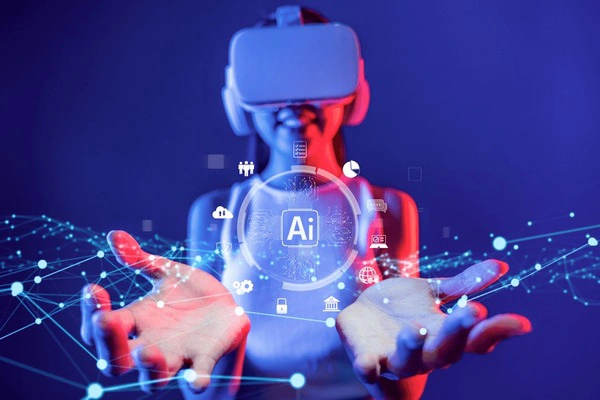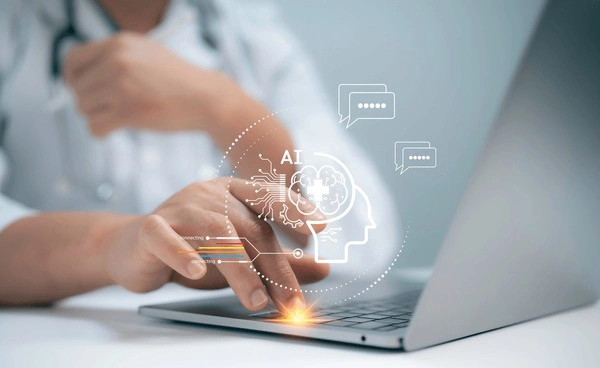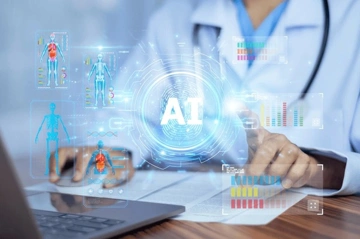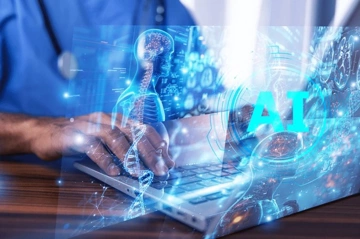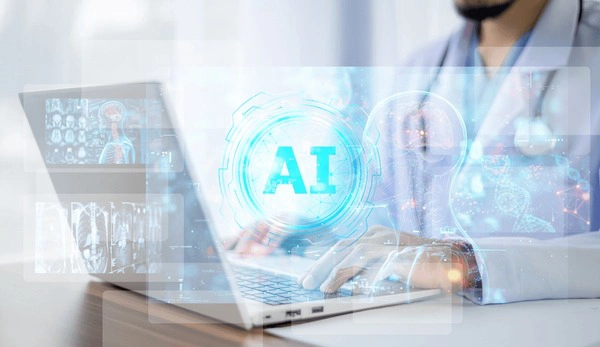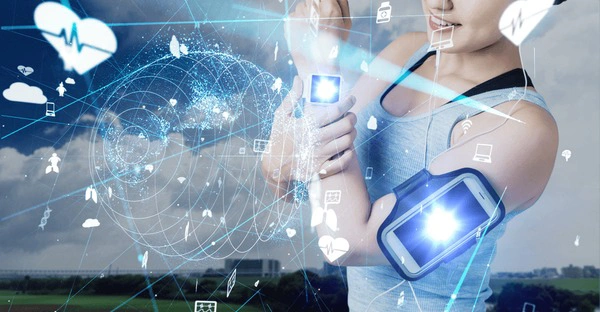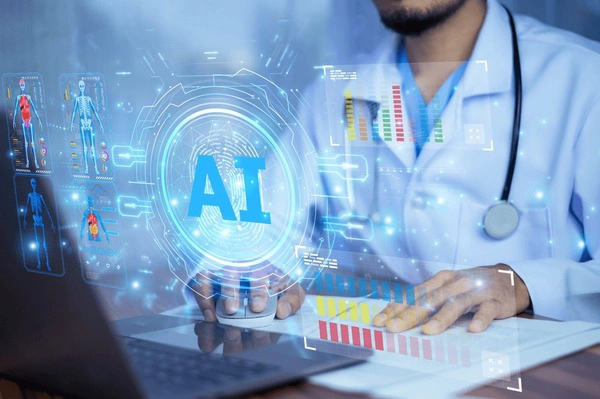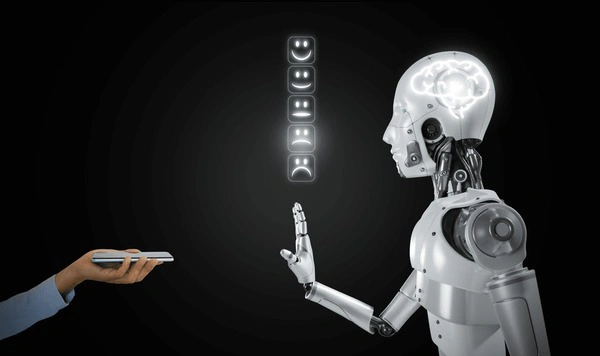
Emotional Robots: Bridging Technology and Human Interaction
Emotional robots are emerging as a groundbreaking innovation, capable of recognizing and responding to human emotions. These robots are revolutionizing interactions in healthcare, education, and beyond, offering new possibilities for companionship and support. As technology advances, emotional robots are set to play an increasingly significant role in society, raising important ethical and societal considerations.
Jackson Mitchell
09/11/2024 - 8 months ago

Understanding Emotional Robots
In recent years, the concept of emotional robots has evolved from a science fiction dream into a tangible reality. These robots are not just machines with pre-programmed responses; they are capable of recognizing and responding to human emotions in a nuanced way. By using advanced sensors and algorithms, these robots can interpret facial expressions, tone of voice, and even body language to determine how a person is feeling. This capability allows them to interact with humans on a more personal level, making them invaluable in settings where emotional intelligence is crucial.
The development of emotional robots has significant implications for human-robot interaction. As these robots become better at understanding emotions, they can provide companionship and support in ways that were previously unimaginable. For instance, in healthcare settings, emotional robots can help alleviate loneliness and provide comfort to patients, contributing positively to their overall well-being. This emotional connection is not just beneficial for patients but also for healthcare providers, as it can enhance the quality of care delivered.
Moreover, emotional robots can play a vital role in education and child development. By engaging with children in a way that acknowledges their feelings, these robots can help in teaching social and emotional skills. This interaction can be especially useful for children with learning difficulties or those on the autism spectrum, who may find it challenging to communicate and connect with others. The ability of robots to interact on an emotional level opens up new avenues for personalized education and support.
Technological Advances and Challenges
The technology behind emotional robots is complex and constantly evolving. At the heart of these robots are sophisticated algorithms that analyze sensory data to interpret human emotions. Machine learning techniques allow these robots to improve over time, learning from their interactions to become more accurate in their emotional assessments. However, developing these algorithms poses significant challenges, as emotions are inherently complex and can vary widely between individuals and cultures.
Another challenge in developing emotional robots is ensuring they can respond appropriately to the emotions they detect. This requires not only accurate recognition but also the ability to choose the right response, which can be quite subjective. Developers must consider ethical implications, such as privacy concerns and the potential for emotional manipulation, as they design these systems. Transparency and regulation are essential to ensure these technologies are used responsibly.
Despite these challenges, the potential benefits of emotional robots are immense. Research shows that in environments like hospitals and nursing homes, these robots can significantly enhance the quality of life for individuals by providing emotional support. The ability to recognize and respond to emotions can foster meaningful interactions, reduce stress, and promote a sense of companionship. As technology advances, the role of emotional robots in society is likely to expand, offering new possibilities for enhancing human well-being.
The Future of Emotional Robots
Looking ahead, the future of emotional robots holds promising opportunities for integration into everyday life. As these robots become more commonplace, they could serve as companions for the elderly, reducing feelings of isolation and loneliness. In workplaces, they could assist in managing team dynamics by recognizing stress and helping mediate conflicts. The potential applications are vast, with emotional robots poised to make a significant impact across various sectors.
However, the widespread adoption of emotional robots will require addressing several societal and ethical concerns. There is a need for clear guidelines and policies to govern their use, ensuring that these robots are designed and deployed in ways that respect human dignity and privacy. Public acceptance will also depend on how well the technology is understood and trusted by the general population.
Ultimately, the integration of emotional robots into society represents a new frontier in the relationship between humans and machines. By bridging the gap between technology and emotion, these robots have the potential to redefine how we interact with the world around us. As research and development continue, emotional robots will likely become a vital part of our lives, offering companionship, support, and enhanced human interaction.




